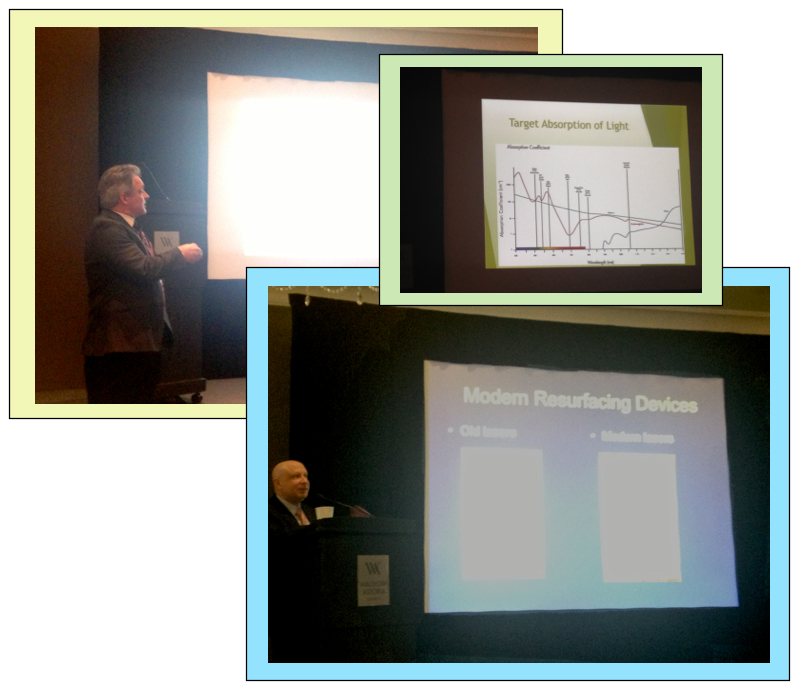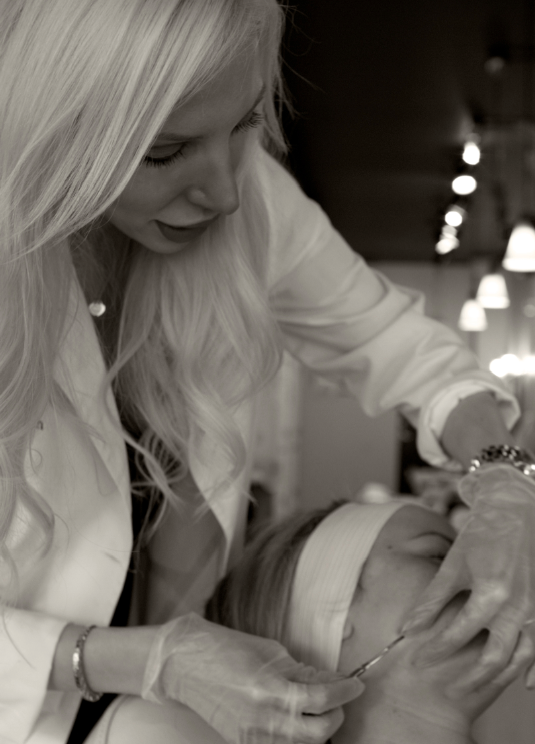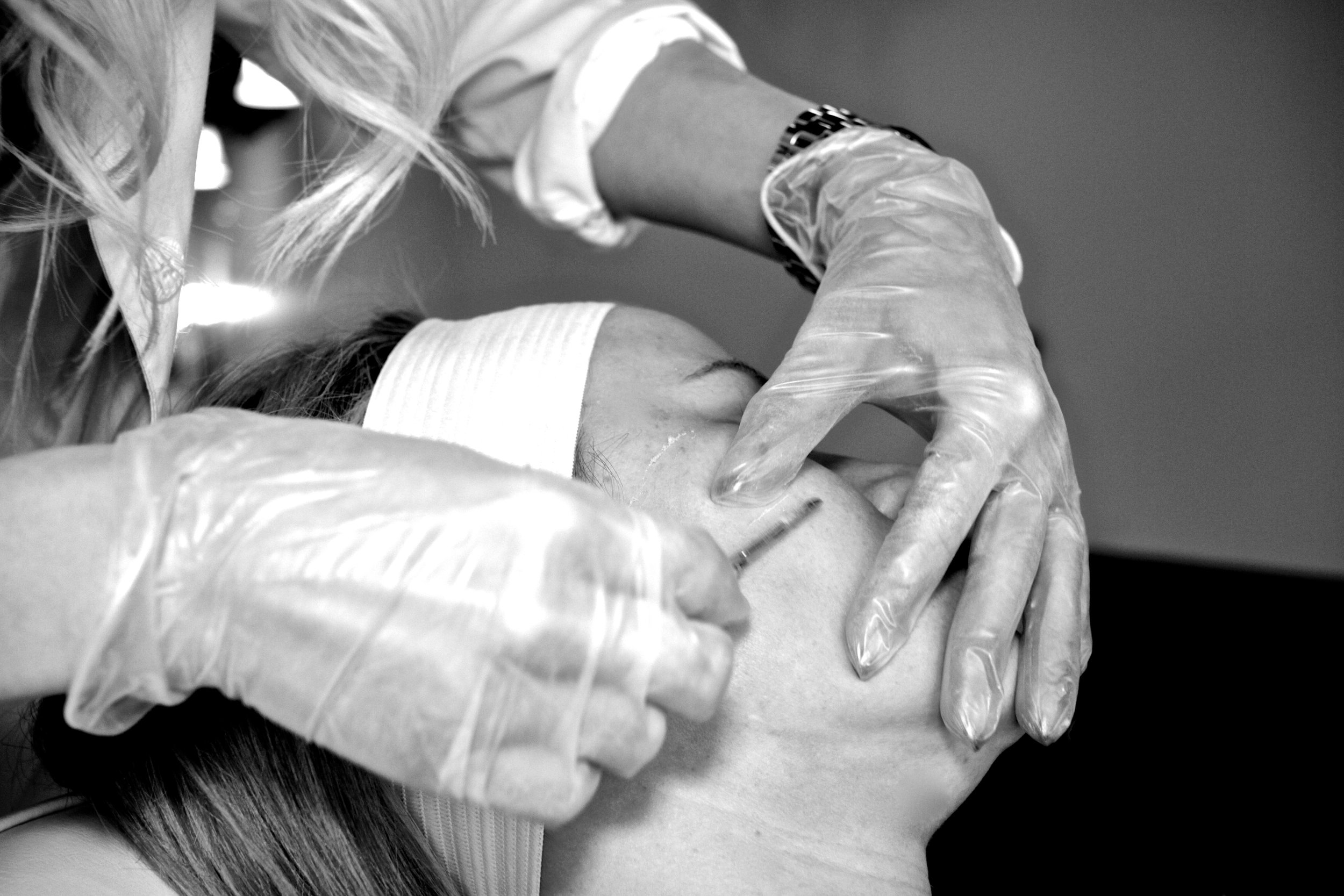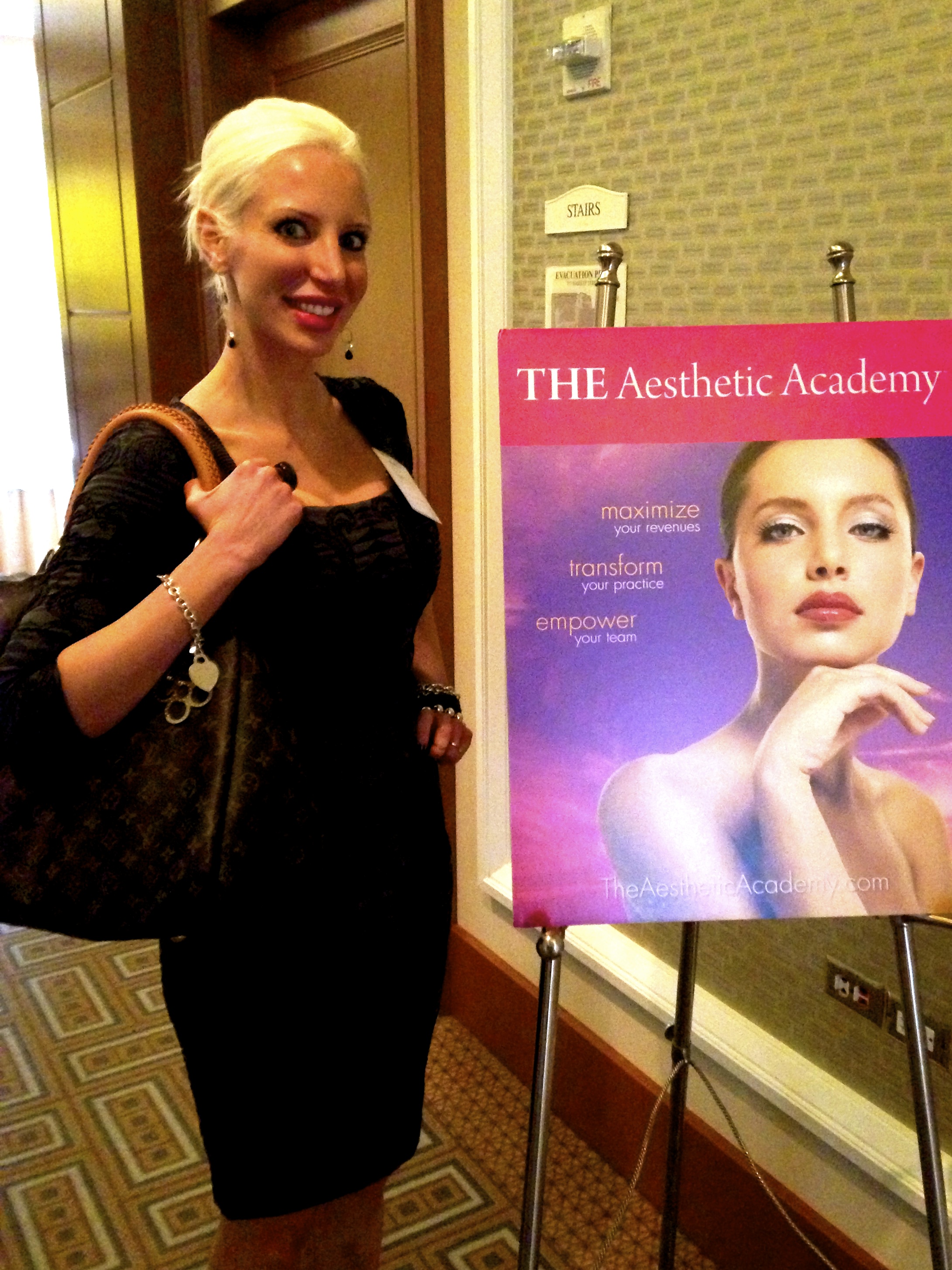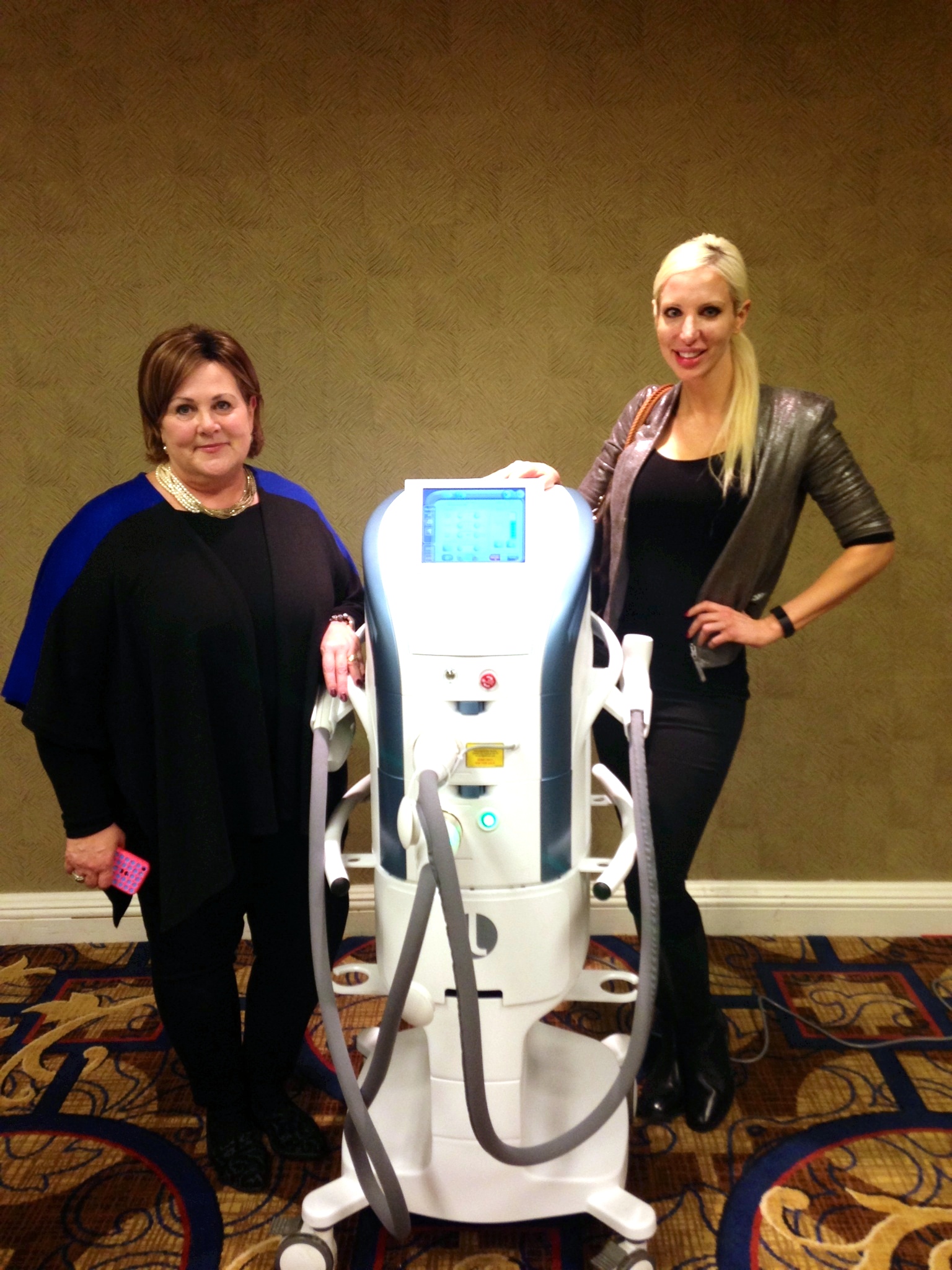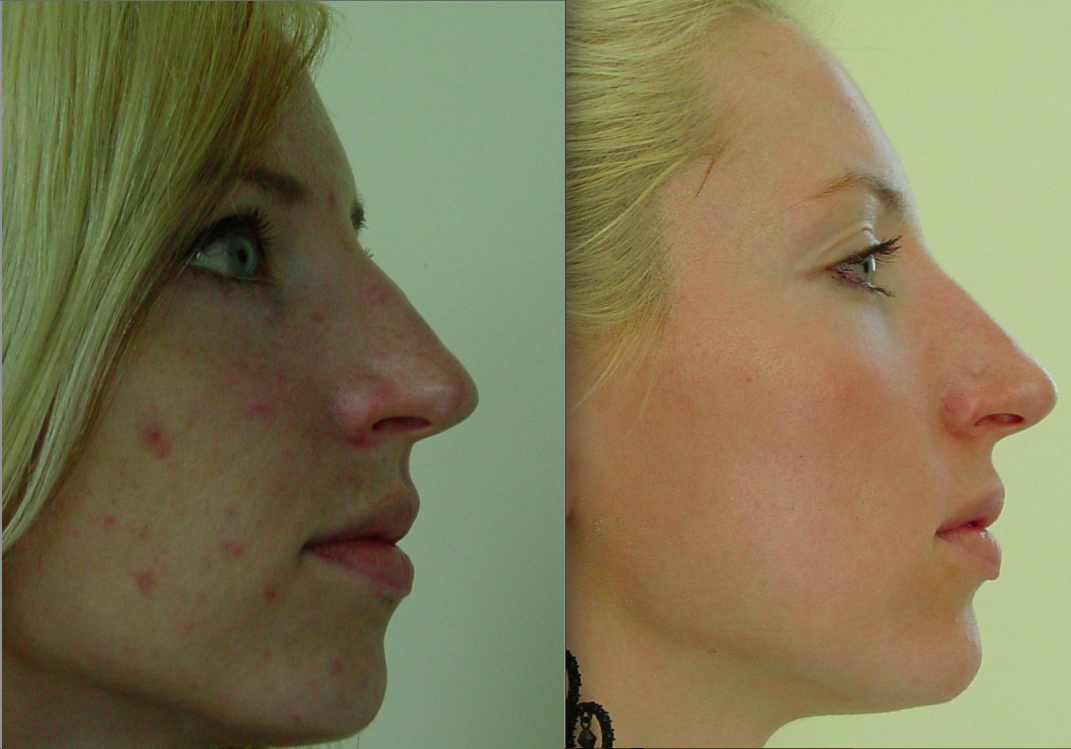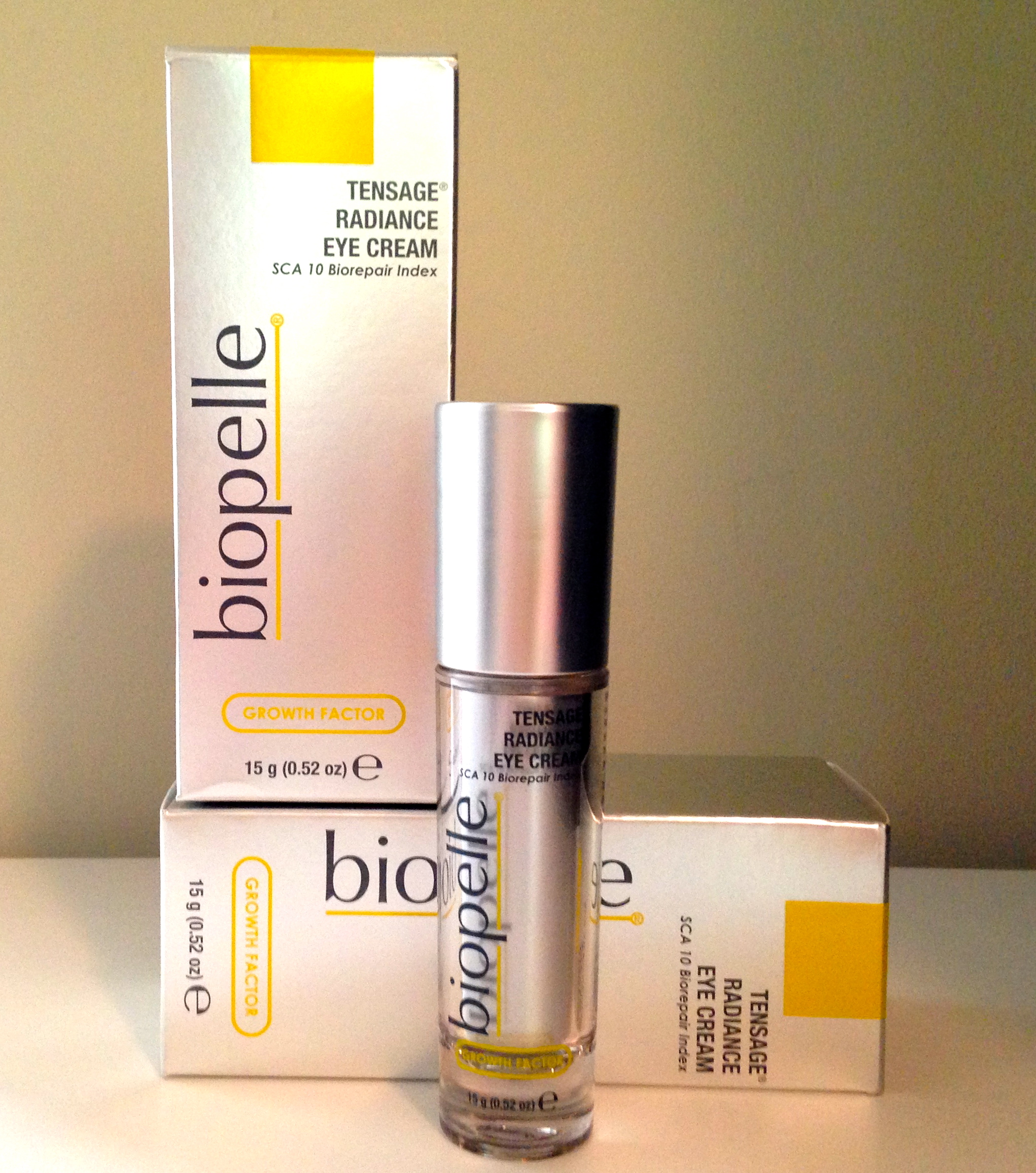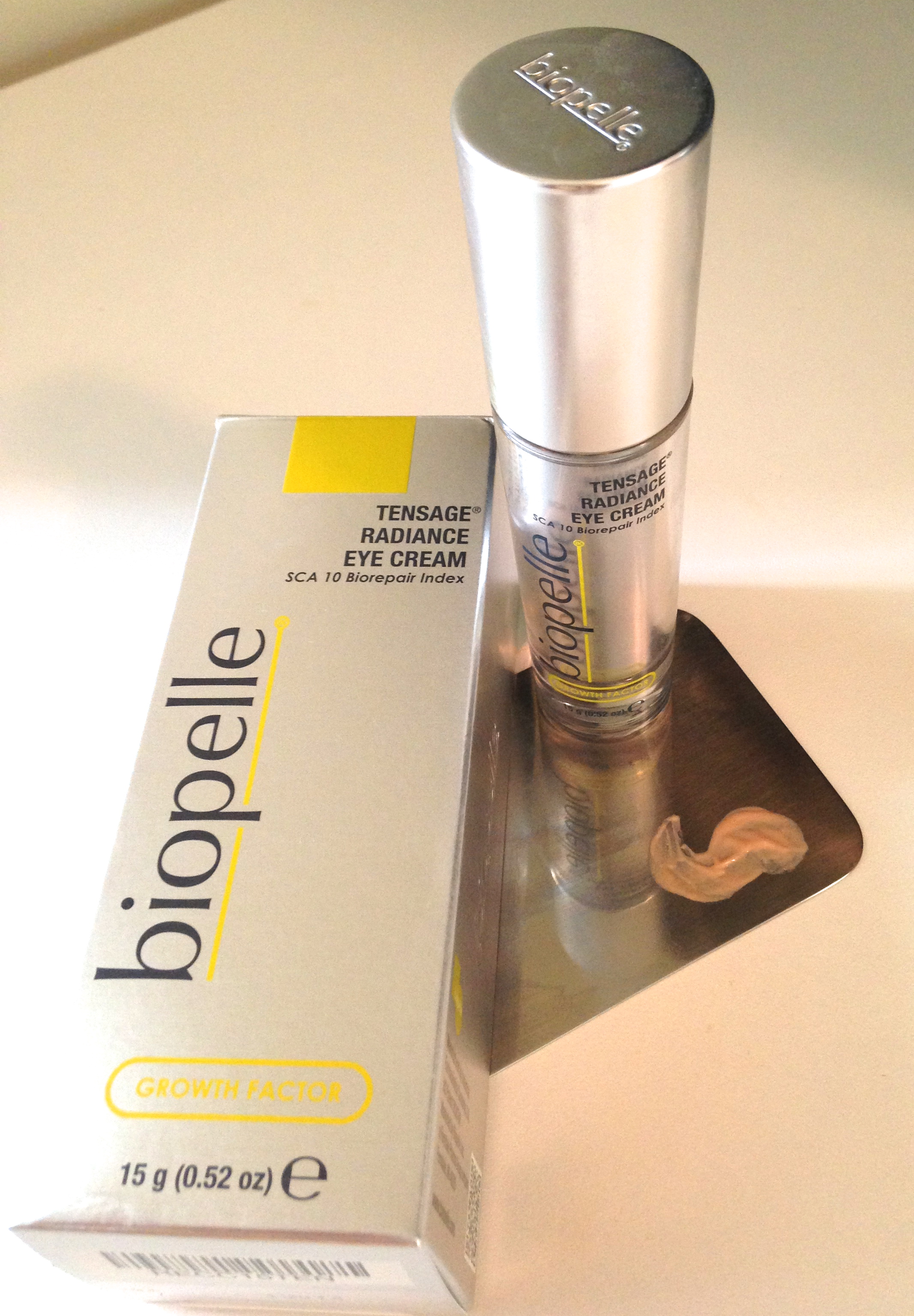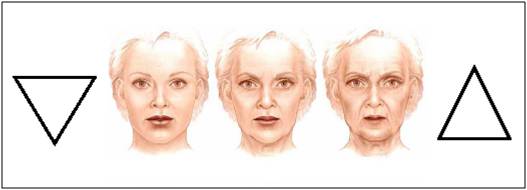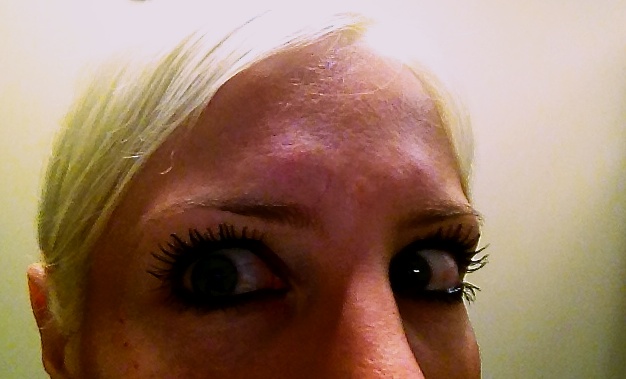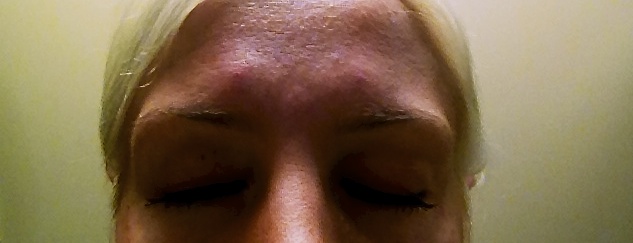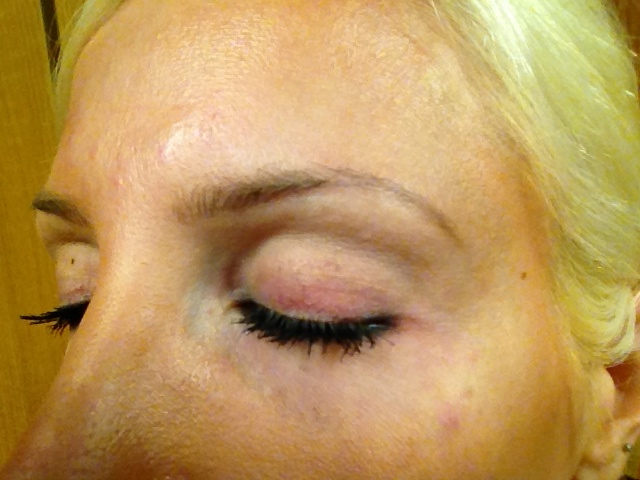 Despite some really awesome (in my opinion!) post-care instruction sheets, every once in a while we’ll get a phone call from a post-peel patient in distress. These clients, no matter how aesthetically-seasoned, occasionally forget the warnings of their providers, or maybe could have underestimated some post-peel sensitivity (maybe just a bit.) Here are 5 things to surely avoid that are sometimes forgotten in the days after a chemical peel:
(-and please always follow the instructions given to you by your skincare office-)
Despite some really awesome (in my opinion!) post-care instruction sheets, every once in a while we’ll get a phone call from a post-peel patient in distress. These clients, no matter how aesthetically-seasoned, occasionally forget the warnings of their providers, or maybe could have underestimated some post-peel sensitivity (maybe just a bit.) Here are 5 things to surely avoid that are sometimes forgotten in the days after a chemical peel:
(-and please always follow the instructions given to you by your skincare office-)
1) Over-moisturizing:
If you over-moisturize, you can make the peeling skin too soft, which can cause it to come off before it’s ready. This can leave the fresh, baby-like skin underneath exposed and possibly compromised. An additional disadvantage of over-moisturizing includes possibly s-l-o-w-i-n-g the peeling stage… and if you’ve ever had a peel, you know that nobody wants that!! Use just enough moisturizer to make you feel comfortable.
2) Hair-removal:
This includes laser-hair removal on any peeled area (you’ll want to follow your skin-care office’s specific instructions, but I wouldn’t treat someone with laser for at least 10-14 days). Waxing and shaving are also off-limits because they can remove the skin, so be sure to avoid both. If you have to, simply tweeze.
3) Picking!!:
This one is easier said than done FOR SURE. Its hard not to pick off any little flakes that might be staring back at you in the mirror. But, try to remember that the flakey dead statum-corneum is actually protecting skin that isn’t necessarily ready to be exposed yet. So, even though its annoying…hands off!
4) Excessive Sweating:
Depending on the strength of the treatment, some peels will cause the top layer of skin to get crispy or tight like a thin plastic-wrap… and this could trap sweat underneath the skin. A little bit usually doesn’t cause an issue, but if you visit your usual hot yoga class, you might end up looking like a freshly waxed car after a rain. Sweat gets trapped under the skin and forms little pockets that look just like those little beads of water… but these droplets don’t wipe off… Yikes!
If this happens, don’t panic- they only look alarming, and aren’t harmful. Give your skin care expert a call and ask how they recommend handling it.

5) Vacation-Related Activities:
You’ll want to avoid several activities that I like to classify under: ‘Things you’d likely do on Vacay’. These things include Sun Exposure, Swimming (keeping skin wet for extended periods of time AND Chlorine) and having treatments like Facials.- yes, even the ‘natural’ ones.
Remember that we want to treat the skin as if it’s very sensitive in the days after a peel, even if it feels or looks normal. Folllow your provider’s recommendations for post-care and continued treatments, and play it safe with products, sun, and picking, even if it’s tough. Your skin will thank you!!!
Here's a great link to a super-compliant, 5 Star non-picker friend who's documented her experience: check it out!
And always be sure to play by the rules for less irritation and great results from your exfoliation!
Happy Peeling!
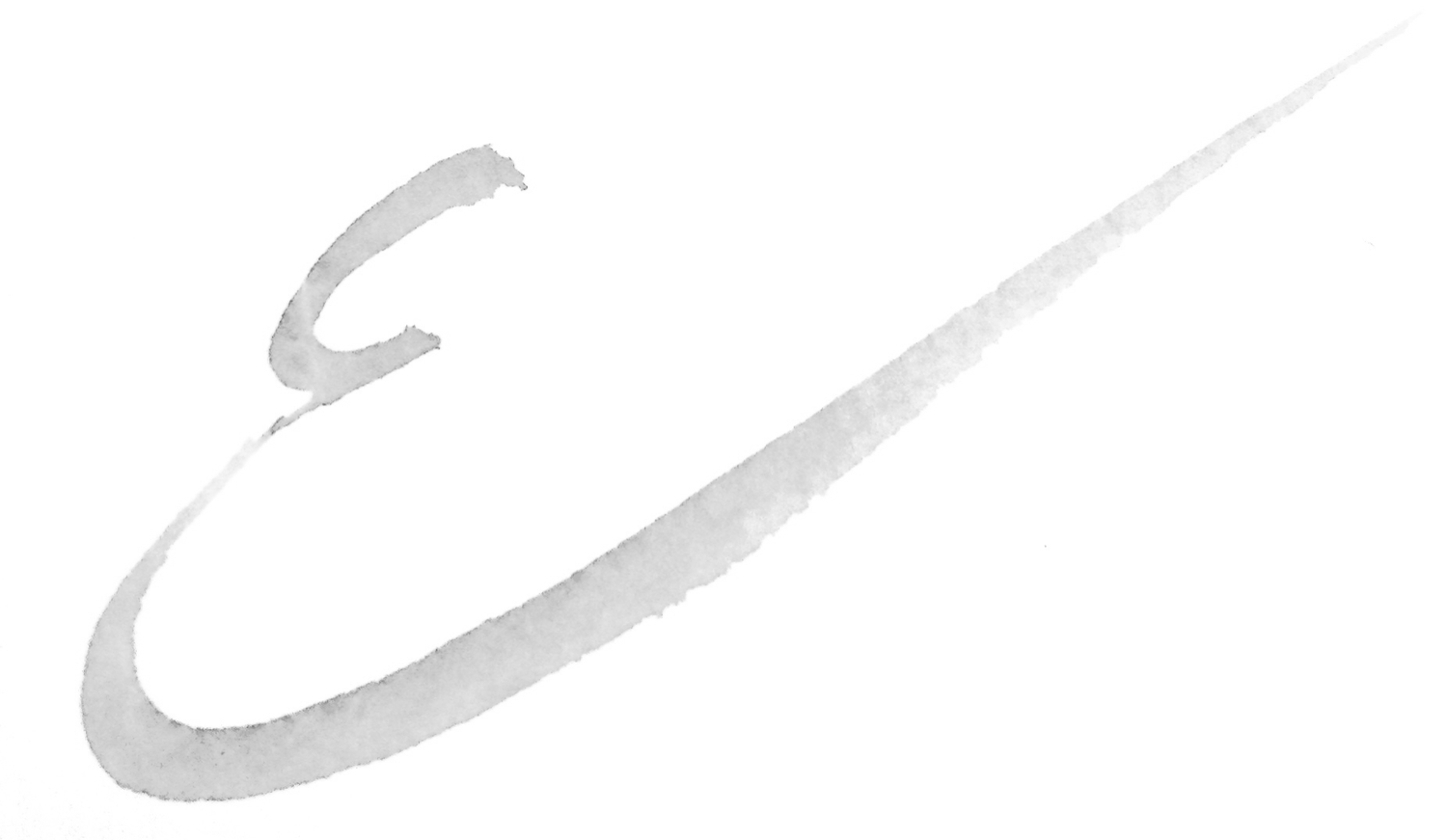
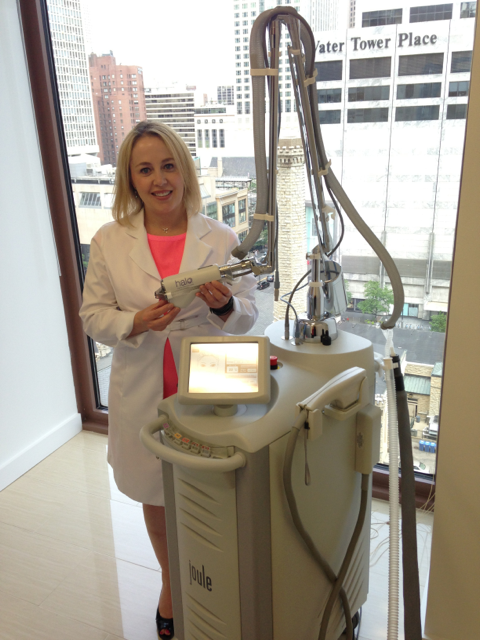
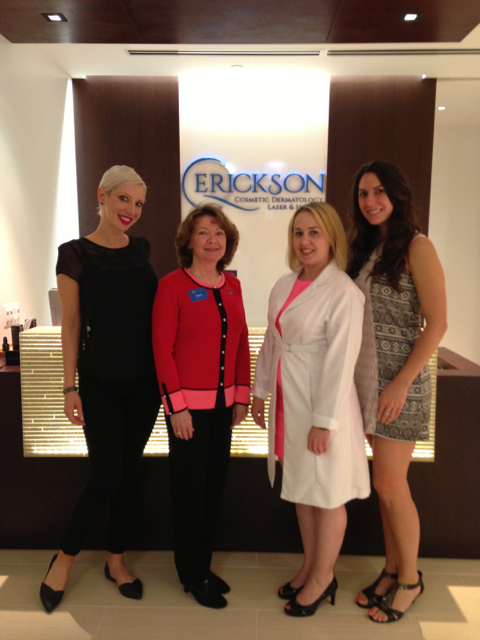 In a nutshell, it provides the results of an intense/major laser resurfacing, but without the downtime. I had one myself, and it was amazing! I will be posting more about it soon!
In a nutshell, it provides the results of an intense/major laser resurfacing, but without the downtime. I had one myself, and it was amazing! I will be posting more about it soon!
